Imagine for a moment an artist in nature, painting a beautiful, serene scene. The artist is alone, standing aside a river in the middle of the forest, the sun beaming down on her from the clearing in the bright blue sky. It’s a simple scene in which she’s painting; there’s plenty of detail, paired with the chaos often found in nature. Birds chirp their songs. Leaves rustle gently in the breeze. Almost silently, the river bends and curves as it makes its way out of sight, the water gliding over the rocks and pebbles that make up its bed. The only unnatural sounds that can be heard are the artist’s breath and the light strokes of the brush as it scratches at the canvas. She is at peace with herself, the world, and the universe. There is no place that can be imagined in which she is happier.
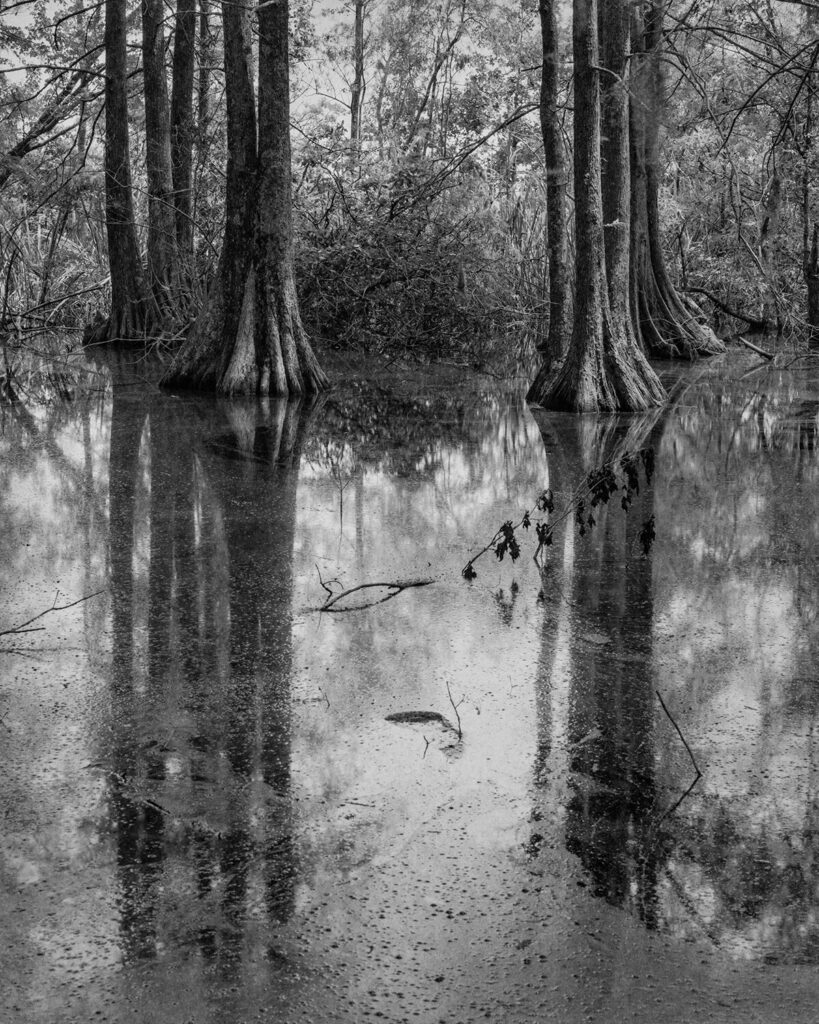
Now, shake that moment out of your mind, and imagine for yourself what it would be like if there were another artist, this one a photographer, capturing a similar scene. Is this something you can truly imagine? Can you picture a photographer of the modern-day walking upon a scene like the painter had, setting up her tripod and camera, and taking her time to capture a single piece of art, a single photograph? Let’s not forget photography’s much more mechanical nature as an art form. While all the other sounds of nature may be much the same, the sounds coming from the artist – caused by the artist, if you will – would be much different. Past her breathing, you might hear the clacking of the tripod as its legs are extended and repositioned, the artist changing her mind on the composition. You may hear the electronic dinging of the camera as it responds to the artist’s button-pressing. Perhaps you would hear the clack of the shutter as she takes a test shot. Maybe you would hear the clicking and turning and the sound of Velcro and zippers as she reaches into her bag to exchange the lens on the camera for one more suited for her vision.
Does this sound to be as peaceful of a time? Could you even imagine a photographer these days taking her time to carefully set up a composition and wait for the proper light? Is it not more likely that they would come across the scene, snap a quick photograph, and move on to the next, potentially more “epic” moment that awaits?
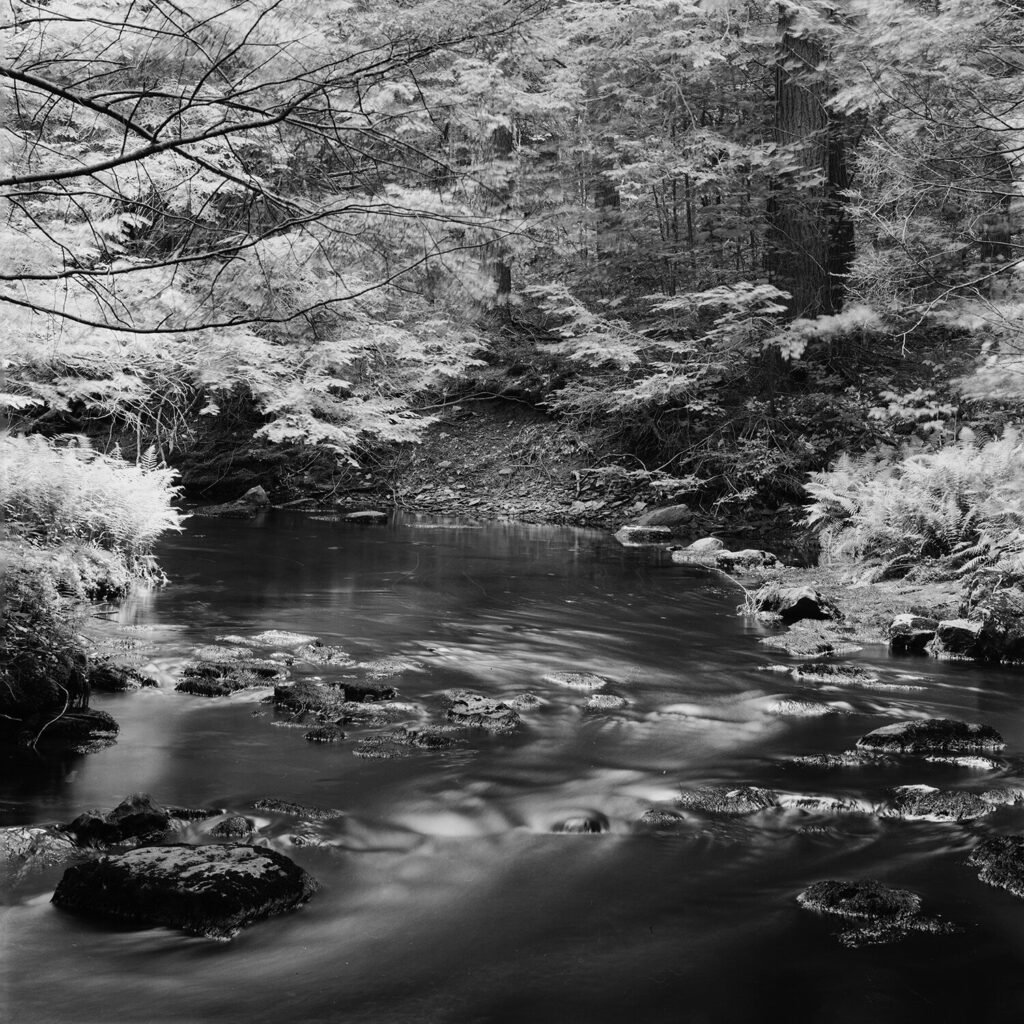
Why is this? Is there a solid reason why so few individuals out there maintain the ability to slow down with their cameras and truly enjoy the moment?
Perhaps it has to do with a societal shift toward things of greater speed. Think about the smartphone and all it has offered us in recent years. We can communicate with people worldwide (whether via phone calls, texts, or the internet). We can also take high-quality photographs of whatever is in front of us in only a few seconds. The technology we have in a device so small has made us less appreciative of the natural world around us?
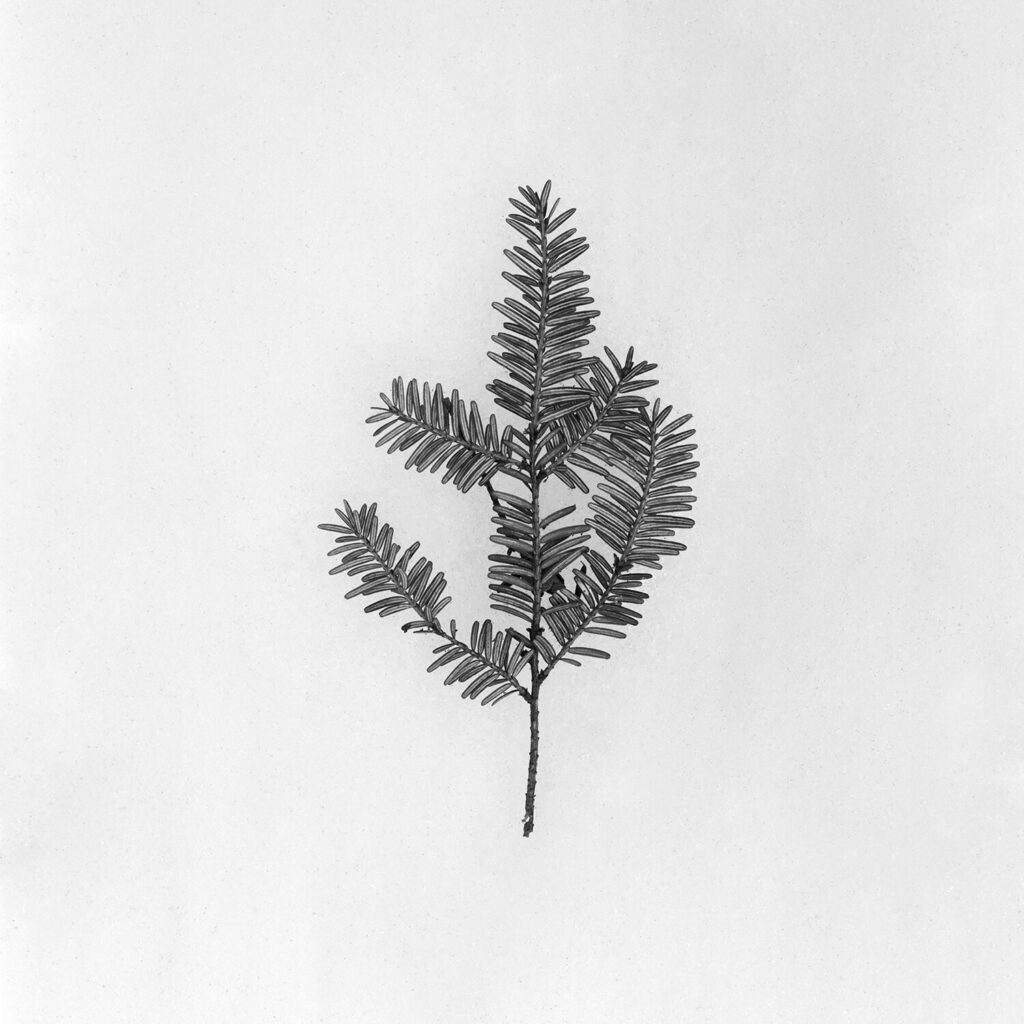
To further this is the idea of our “need for speed.” Think how often you go onto a website, only for it to be slow to load. How long do you wait for it before clicking off and trying again or doing something else entirely? People yearn for automatic responses. We as a society crave instantaneous internet speeds – anything slower than that is considered junk. If a website doesn’t load the second we click onto it, we get frustrated, often not bothering to stay on, opting to do something else or purchase whatever we were looking to purchase elsewhere. Society’s need for speed has only become greater as time has gone on, evidenced by songs having become increasingly shorter and three-hour movies being too long, too boring, too slow. Video games that take longer than a day to complete also tend to get criticized, not getting the same sales as those with rapid-fire campaigns.
This need for speed has created a community of photographers that crave automatic responses. When it comes to landscape photography, especially, they wish to drive to a park, walk a few short feet to a scene, take a photograph, and go back home, where they will very quickly edit and post the photograph online with hopes of garnering thousands of likes or views. They expect to be able to capture an award-winning, Ansel Adams quality photograph without waiting, without having patience. If they have to wait more than a few minutes for the light to settle in, they are likely to walk away from the scene altogether, leaving it to rot; or worse, they will take a photograph and digitally alter the scene to make it into what they had envisioned it would be, passing it off online as if that was how it looked when they arrived.
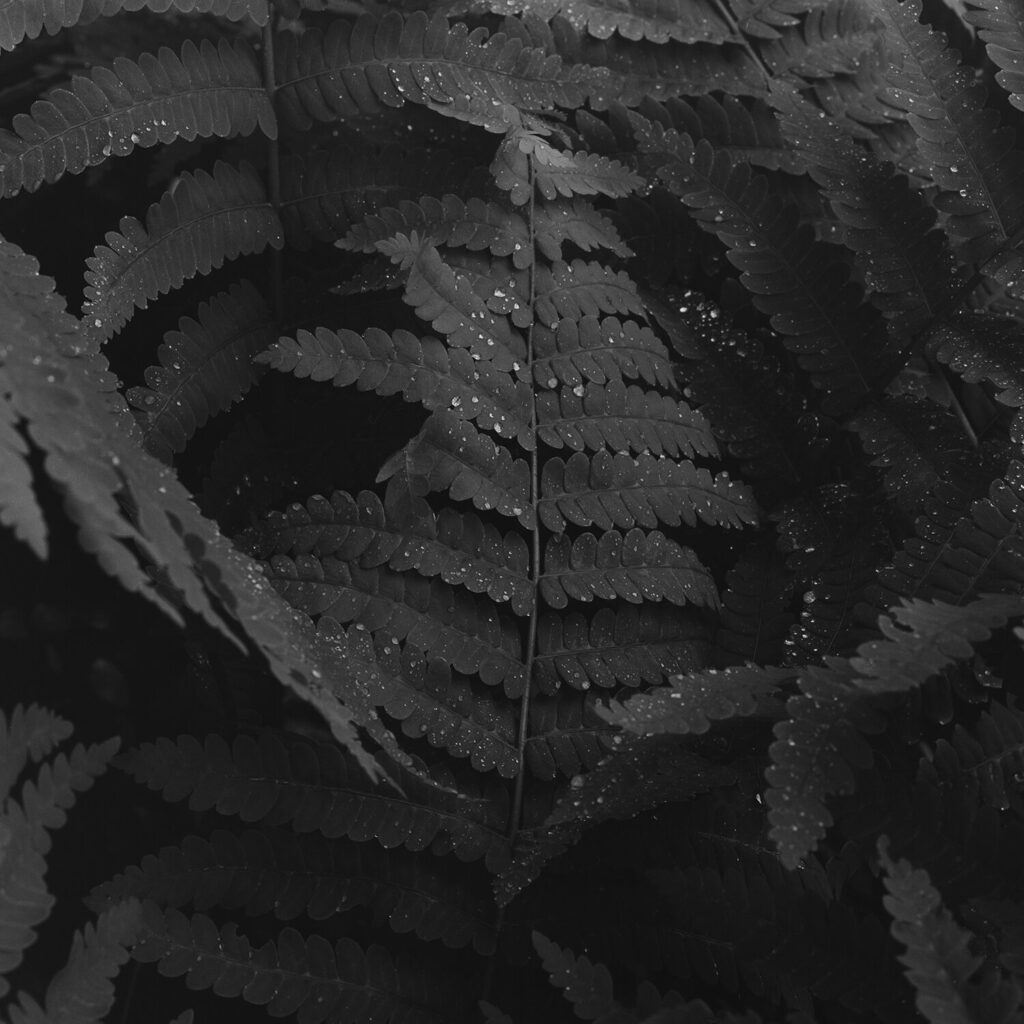
Yet there’s more to it than just the desire for speed, isn’t there?
As was briefly mentioned, most of the photographs taken by individuals are thrown up onto the internet for immediate feedback, some instantaneous gratification. A way for the photographer to be told “job well done” with a like or a follow. Does this, too, have to do with how we appreciate nature, the way we take photographs?
I believe it does. Instead of placing our time in nature on a higher pedestal than the photographs we take, we set ourselves up for failure. The number of stories told by other photographers who, while running workshops, bear witness to others rushing up to a scene just as the light is about to “take off,” whipping out their camera and clicking the shutter before heading back into town for lunch – it’s incredible they get any enjoyment from the act at all. How long does that enjoyment truly last before they desire to return and do it again? Though many may argue that this doesn’t matter, that it’s all personal preference – of which there is mutual agreement – there is something to be said of these individuals. Just imagine what would happen if they shifted their priorities away from rushing, away from capturing a photograph to boost their egos online. Instead, they slowed down and enjoyed their time in nature. Alas, it seems as though these individuals will only grow in numbers rather than make the shift.
Gone, it seems, are the days of slow photography.
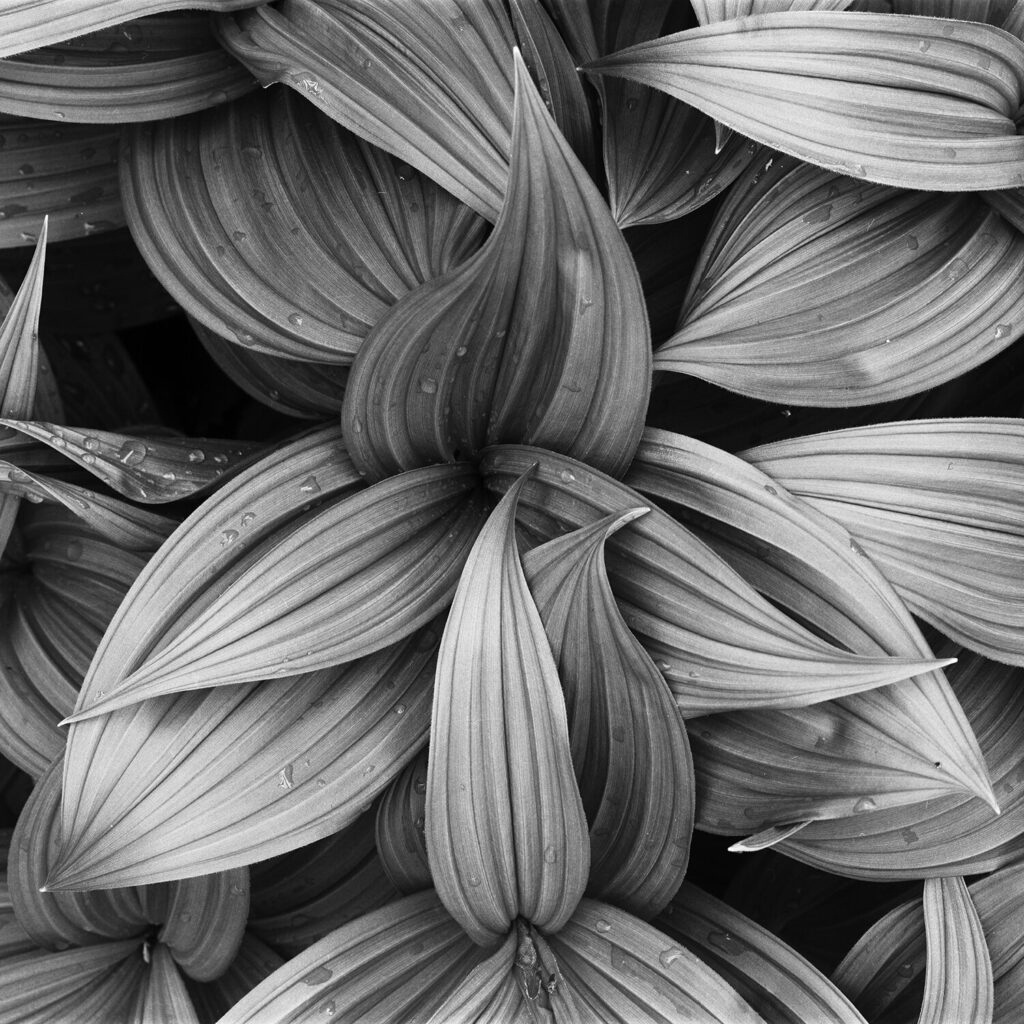
But we are still out there, waiting patiently for the right moment, enjoying the nature around us for what it is. We can still be found carrying around our gear for miles, searching for a personally meaningful composition, though it may not be the epic scene that others rely on to garner attention. We may still be found walking around the proposed subject, scanning the area for the best composition for what may feel, to others, like an eternity. And when that composition is found, we will set up our tripod, slowly, methodically, situating it in just the right spot at just the right height. Our camera bag will slip from our shoulders, onto the ground at our feet; our hands will unzip the bag, pull out the camera, attach it to the ball-head, and then think for a moment or two, maybe three. Past the composition and exposure, the lens choice may be the most important decision that will be made. Too long a lens, and the photograph may show too little of the scene for there to be balance; too short a lens, and the photograph may become far more chaotic, far more hectic than was originally proposed. Once chosen, the lens is screwed onto the camera. Carefully, the camera is moved around, this way and that, before the scene materializes just right through the viewfinder.
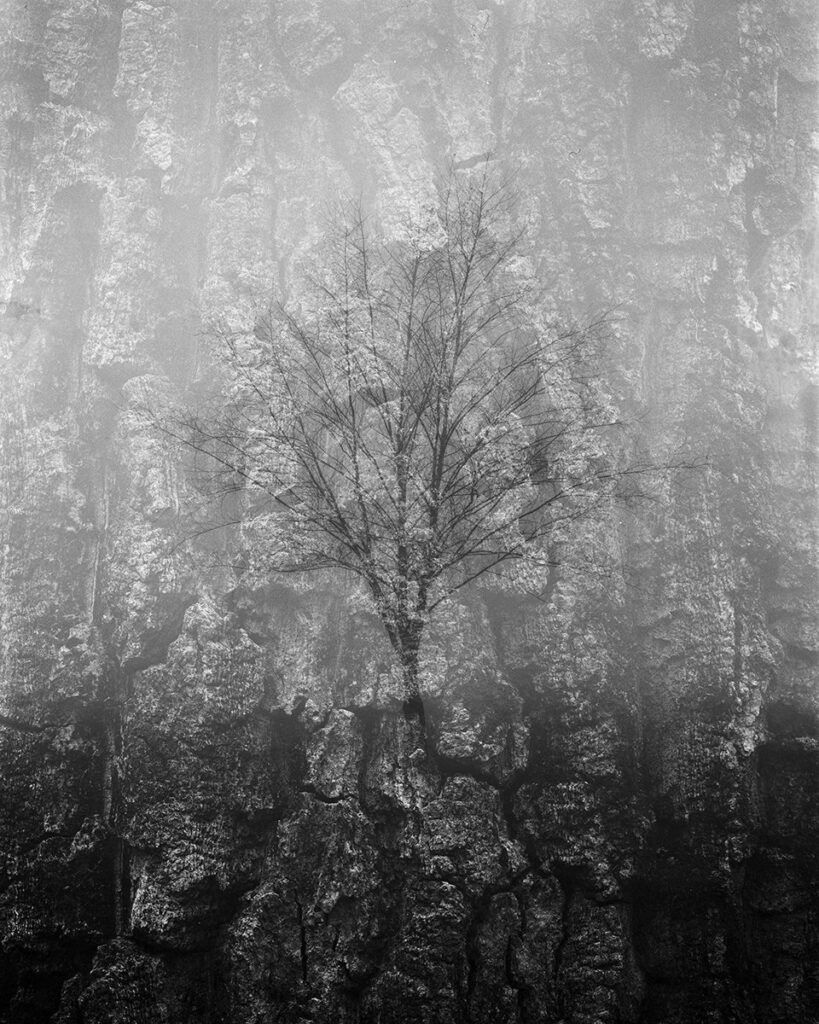
Some of us choose to take a step away from it all, to take a few minutes away from the camera. Why do we do this? So we may detach ourselves from our past thinkings, allowing our minds to refresh. When we come back to the camera and look at our composition, we see things more clearly. A twig that pokes into the right side of the frame that we hadn’t noticed before; the slight intrusion of the sky in the top of the frame; a piece of trash in the bottom left-hand corner, momentarily forgotten from the lunch we had eaten while refreshing our mind.
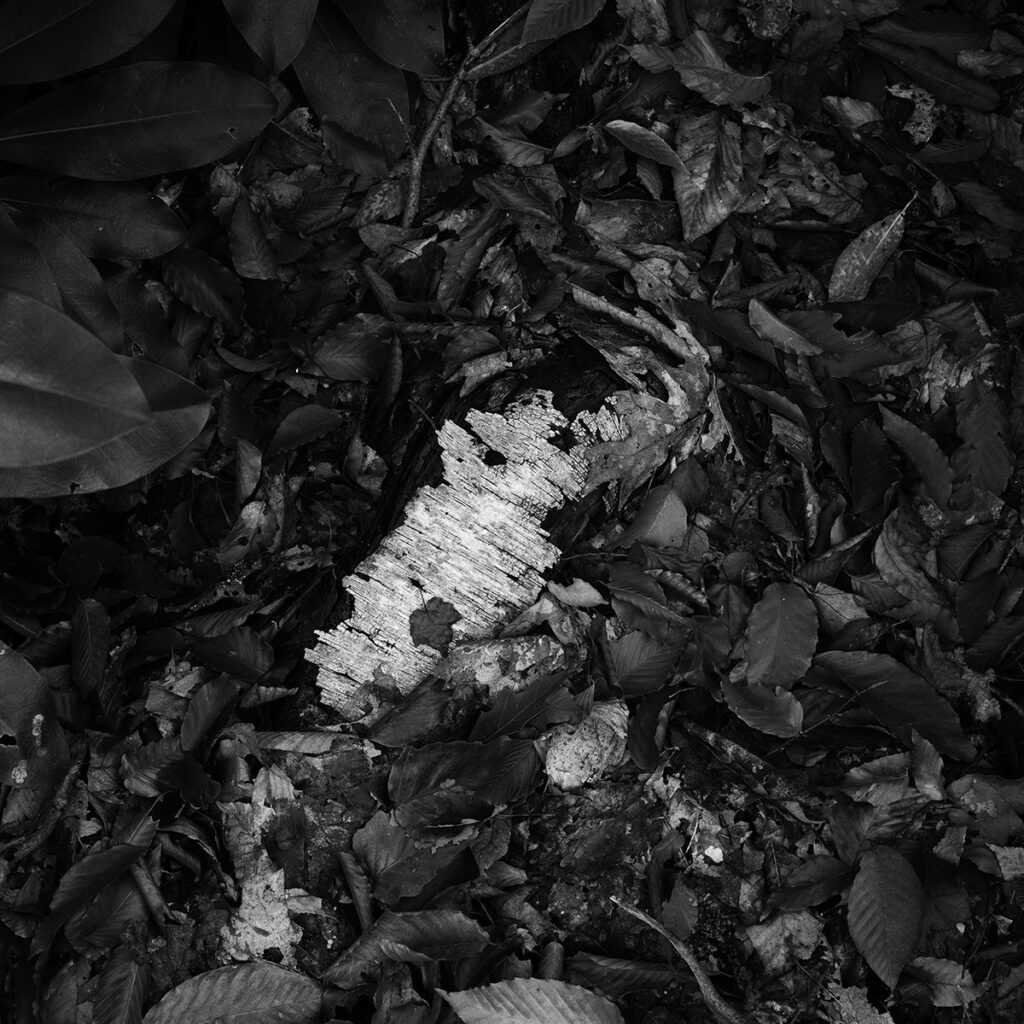
And then, when all seems to be right, when we have our settings dialed in, and we are happy with what we are about to capture…we make the photograph.




